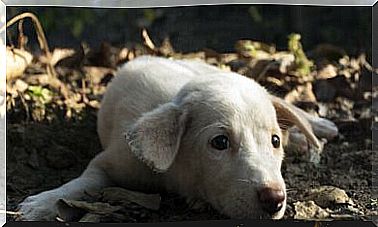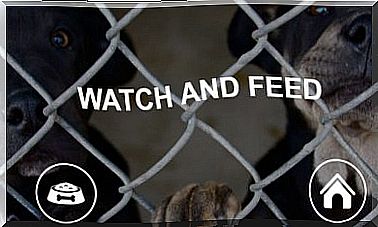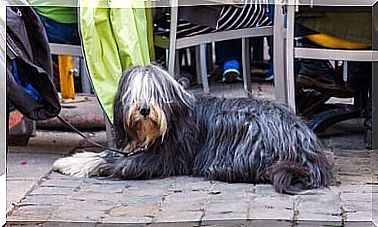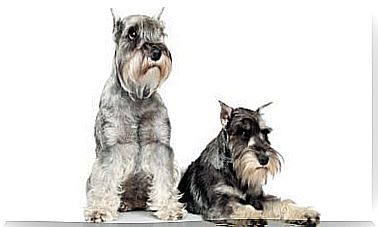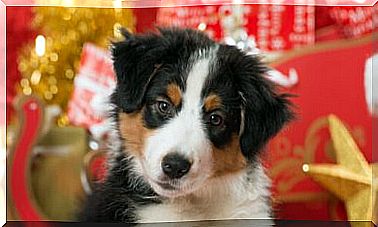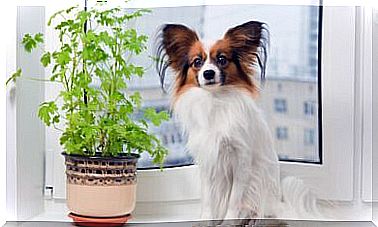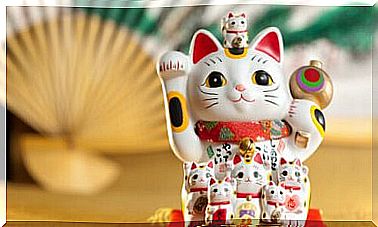Post-operative Care Of Your Pet
The most common causes that can lead a pet to undergo surgical intervention are: sterilization, digestive tract obstruction, otohematoma, fractures or cataracts.
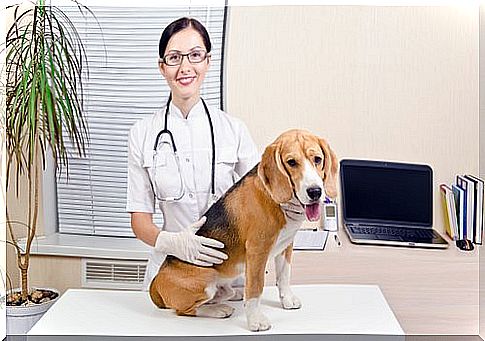
Pets sometimes need to enter the operating room, which is often a concern for owners. After the operation, it is best to be well informed about the care of your animal in the post-operative period, and to know what care the animal needs to heal itself.
Most frequent causes of operations on animals
These are the most common causes that can lead an animal to undergo surgical intervention:
- Sterilization. Many people decide to spay their pets because of the animal’s health or safety. But this is also done to control their births, to prevent the puppies from ending up on the street or in shelters.
- Obstruction of the digestive tract. It is one of the most frequent causes. Some mischievous dogs or cats may have a bad habit of eating anything they find along the way. When this happens, objects such as balls, fabrics or toys can cause intestinal obstructions.
- Otohematoma . It is the name given to the accumulation of blood in a dog’s ear. It arises from wounds caused by excessive scratching or being hit.
- Dogs and cats can break bone in a fall, or when they leave the house and can injure themselves. It is your responsibility as the owner to give the best care to the animal post-operatively.
- These are vision problems that usually happen due to age, and surgery is used to restore or improve the animal’s vision.
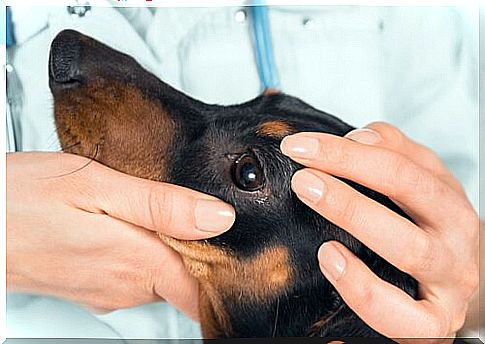
Post-operative animal
If the surgery has been scheduled, the pet owner can facilitate the process as follows:
- Brush the fur to avoid knots. Helps doctor visits and avoids painful tangles.
- Avoid contagion by viruses or bacteria. It is necessary to avoid contact with other animals during the days following the operation.
- Prepare a space in the house for the animal to recover. This space must be clean to prevent infections.
The best post-operative animal care
Once the veterinarian determines that the pet is ready to return home, the owner should follow some recommendations. During the first few hours, he is likely to be a little stunned by the effects of the anesthesia. Then, little by little, you’ll be able to coordinate your movements.
- Space: The animal will need to rest to recover. For this, it is best that he is as far away as possible from loud noises or any other stimulus. If there are children in the house, it is better that they are not in contact with the operated animal.
- The first 24 hours: One of the side effects of anesthesia is nausea and vomiting. To prevent this from happening, it is most recommended to give only water for the first 24 hours after the operation. Another option is fat-free broths.
- During these first 24 hours, you should leave the animal in a warm place, as anesthesia can cause its temperature to drop a little. This will prevent an unpleasant feeling of cold.
- Feeding: The animal’s appetite is likely to decrease, but it will progressively increase. That’s why it’s recommended to start with a light diet. In pet shops there are special foods for a post-operative animal.

Medication, hygiene and exercise
- Medication: Your pet may need to receive antibiotics, analgesics and anti-inflammatory drugs. The correct doses will be determined by the veterinarian.
- Wound protection: The dog will always want to lick the wound, and this is totally contraindicated as it can cause infections. In addition, it can cause the stitches to tear and the animal to suffer from fever and other complications.
- To prevent the dog from licking the wound, an Elizabethan collar should be worn. It is a cone around the neck that prevents you from reaching the wound. This is the best ally for the care of an animal in the postoperative period.
- Wound cleansing: It must remain not only clean but also dry. The frequency of cleaning the wound, in general, is about twice a day. It is done with gauze and a special antiseptic solution for this purpose. In any case, it is best to follow the veterinarian’s guidelines.
- Suture: The suture stitches are removed 8 to 10 days after the operation. The veterinarian must remove them. The owner must never try to do this.
- Physical activity: Newly operated animals should not make sudden movements, but can exercise gradually. Until the wound heals, they shouldn’t leave the house.


